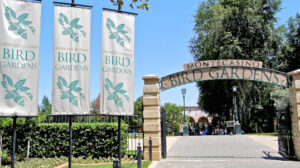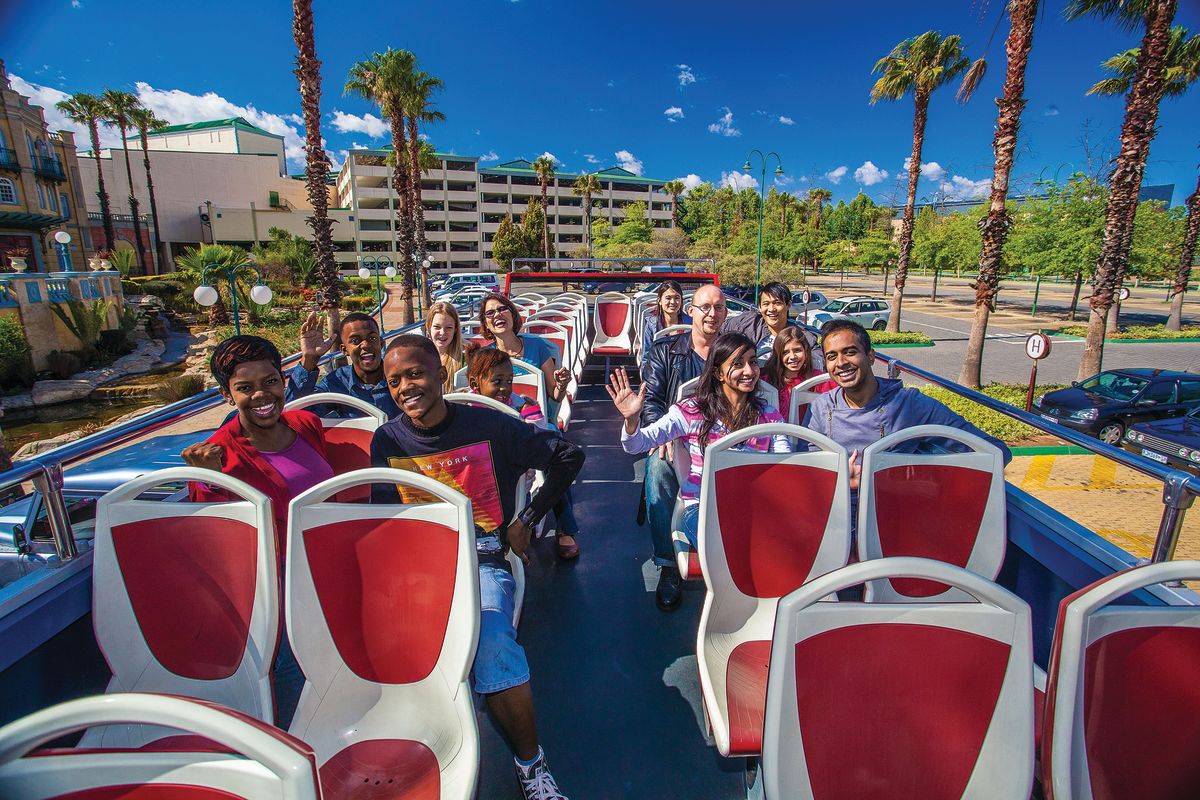Johannesburg North Attractions for Beginners
Johannesburg North Attractions for Beginners
Blog Article
Indicators on Johannesburg North Attractions You Should Know
Table of ContentsThe Ultimate Guide To Johannesburg North AttractionsExamine This Report on Johannesburg North AttractionsExcitement About Johannesburg North AttractionsFascination About Johannesburg North AttractionsWhat Does Johannesburg North Attractions Mean?Johannesburg North Attractions - QuestionsExamine This Report about Johannesburg North Attractions
You need to keep protection in mind and travelers have to remain sharp at all times when in strange surroundings. Talk to the citizens when you are in community to locate out about the area you are remaining in. Johannesburg North attractions. When on the street (this doesn't put on shopping center and other safe settings) best general recommendations is to attempt your best to resemble a regional and to stay clear of displaying any type of kind of wide range
The smart Trick of Johannesburg North Attractions That Nobody is Discussing
Professor Revil Mason O. J. (Thomson, 1946) discovered the Witwatersrand's pre-colonial background. His archaeological work blew up the 'em pty land' misconception, according to which the area was empty of human habitation prior to the arrival of European settlers. In his publications Prehistory of the Transvaal: A Record of Human Activity (1962) and Origins of Black People of Johannesburg and the Southern Western Central Transvaal Advertisement 3501880 (1986 ), Teacher Mason demonstrated the extent of social and economic advancement in the area prior to Europeans established foot below.

Johannesburg North Attractions for Dummies
In 1878, David Wardrop found gold in quartz capillaries at Zwartkop, north of Krugersdorp. In 1881, Stephanus Minnaar came throughout gold on the ranch Kromdraai, near the Cradle of Mankind.
In March 1886, a protrusion (soon to be called the Main Reef) was discovered, rather fortunately, on Gerhardus Oosthuizen's ranch Langlaagte. Some claim that the Lancastrian coal miner George Walker discovered this reef. One more travelling English miner, George Harrison (who had previously worked in Australian mines) gotten a prospecting permit in regard of Langlaagte in Might 1886.
He determined to relocate on in a quest for greener pastures, and disposed of his Langlaagte claim for the handsome sum of 10. Alas: below lay the richest goldfield ever found. The discovery of this rich auriferous reef provoked a gold thrill that signified completion of agrarian serenity in the southern Transvaal.
It would, within six years, become the biggest community in southerly Africa. Within a decade, it would make the Z. A. R. until after that an anarchical and insolvent little state the richest nation in Africa. By the turn of the century, the Z. A. R. was to exceed Russia, Australia find more information and the United States of America to become the globe's leading gold manufacturer, producing more than a quarter of the world's gold.
The Buzz on Johannesburg North Attractions
It was recognized as Ferreira's Camp, named after Colonel Ignatius Ferreira. He was a Boer traveler upon whom the British authorities had presented the condition of Companion of the Many Distinguished Order of St Michael and St George (qualifying him to the post-nominal letters C. M. G.) in gratefulness for his role in the battle that had deposed the Pedi king Sekhukhune in 1879.
Quickly the camp was including outdoors tents and wagons as beginners got here daily from far and wide. By September 1886, some 400 individuals lived in Ferreira's Camp, which soon flaunted prefabricated iron and lumber buildings. Two various other camps were established: Meyer's Camp on the farm Doornfontein, and Paarl Camp. The latter was nicknamed Afrikander Camp; lots of people from the Cape Swarm worked out there.

More About Johannesburg North Attractions
This name got currency by word go to this web-site of mouth, such that the State Assistant affirmed the name to the Mining Commissioner on 9 October 1886. Stands in the town were auctioned on 8 December 1886. While some stands were cost 10, others were torn down for as little as sixpence.
2 years later, these erven were to alter hands for as high as 750 each. The tented camps diminished as a dorp of corrugated iron structures established and increased north of the mines located along the Key Reef Road. Locations such as Jeppe's Town (where working-class immigrants erected their residences) and Doornfontein (where the upscale brand-new 'Randlords' began to build their luxurious residences) were quickly included in the ever-expanding map of the community.
6 Easy Facts About Johannesburg North Attractions Explained
Besides the road names, there were no indicators of Johannesburg being positioned in a Dutch-speaking country. Many years later, C. W. Kearns O. J. (one of the very first kids signed up at St John's University in 1898) would certainly recall: 'An unusual truth regarding Johannesburg was that, although it remained in the [Boer Republic], almost every person talked English and even the Federal government servants dealt with one in English, unless they were initial resolved in the Taal (or Reduced Dutch)'.
Britain had a rate of interest in guaranteeing optimal problems for gold manufacturing on the Witwatersrand, and that the gold was exported to London rather than Berlin a vital rendered all the more clamant by the Z. A. R.'s raising toenadering with Germany. Mine proprietors were on a clash with Head of state Kruger, whose plan of monopolistic concessions (frequently granted to his cronies) protected against mining firms from obtaining supplies of products (specifically dynamite) and labour by themselves, less costly terms
Not known Facts About Johannesburg North Attractions
In 1890, the our website Volksraad had actually limited the franchise to white guys who had stayed in the Z. A. R. for fourteen years or longer, thus disqualifying the majority of the immigrants (who occurred to be the significant contributors to the fiscus). Agitation for the vote was a simple pretense for advertising a various schedule; most uitlanders regarded themselves as short-term site visitors and had no intent of continuing to be in the Z.
Report this page